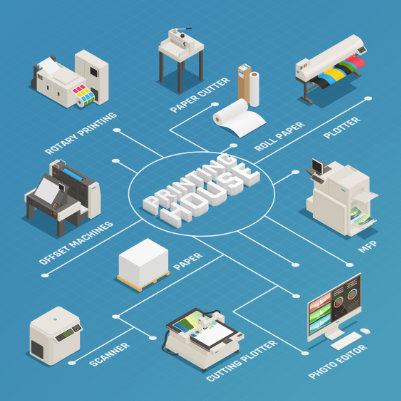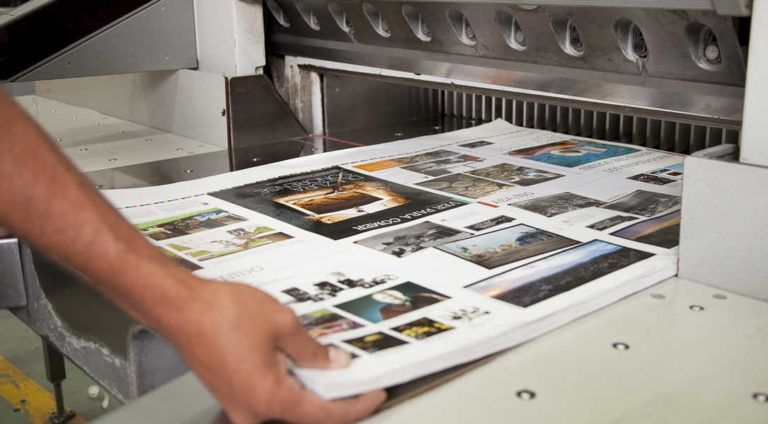Having attended numerous business network meetings over the years, you may be surprised by the number of flimsy business cards that have come my way. First impressions count, and your business card could be giving the wrong one. Why would you want to risk giving a bad impression? The same applies to the quality of your business documentation that you send out to customers or potential clients, such as brochures, leaflets, letterheads, and more.
Print Quality

On the completion of a graphic design to print project, it is important to consider the print quality required for the finished item. This may seem obvious, but it is an aspect that is often overlooked with decisions often made based on cost. Although we do not do any printing ourselves, we always advise clients on the main things to consider before going to print. One of the fundamental aspects is the weight of the paper which is what we will focus on in this article.
Paper Weight (GSM)
The weight of paper, also known as GSM (grams per square meter), is an important factor to consider when choosing the right type of paper for different document types. There is a range of different GSM paper weights, typically ranging from 80gsm to over 400gsm. They offer different levels of thickness, durability, and feel, and can affect the overall appearance and quality of the final product. For a few reference points, a newspaper would be around 55gsm, a standard photocopier/printer paper would be around 80gsm, with good quality printer paper being around 120gsm.
Text-based Documents
For text-based documents such as reports or magazines, a standard GSM weight of 80-100 is generally recommended. This paper weight is lightweight and easy to handle. This is typically the type of paper found in office/home printers.
For a more professional look and feel, a GSM of 120 would be good for documents such as letterheads, presentations, and reports.
Leaflets and Flyers
For documents such as leaflets, flyers, posters, and calendars, a GSM of between 150 and 170 would be recommended. This would be classed as thick paper and not too far from being classed as a card. It provides a more substantial feel and can enhance the visual impact of the document.
Business cards, Postcards and Brochure covers
For documents that require a high level of durability, such as business cards, postcards, invitations, and book/brochure covers, a heavy GSM weight of 300 or more is recommended. This paper weight is thicker and more durable, making it ideal for high-use documents that will be handled frequently. Additionally, it provides a high-quality look and feel that is appropriate for professional or high-end applications.
Printing options and what to consider
When deciding on where to get your documents printed it is certainly worth checking several printing companies to get an idea of the price ranges. There is so much choice out there from local printers to online companies. It is worth noting that the relative price difference between low GSM and higher quality GSM values is not as significant as you might think and certainly worth considering if you are looking to create a better and more professional impression. One of the key factors that have an impact on cost, is the quantity required. The cost per copy reduces significantly as the number required increases. A bit of time spent thinking about the usage of the documents is certainly worthwhile to see if a higher volume is justified. Obviously you don’t want to end up with a huge quantity that you will not use or run the risk of them becoming out of date, but for such items that are likely to have a higher usage such as business cards, leaflets, or letterheads, it could be worth considering a higher quantity.
If you have any graphic design projects, such as logo, business card or leaflet design, why not take a look at our graphic design services to see how we could help you.


